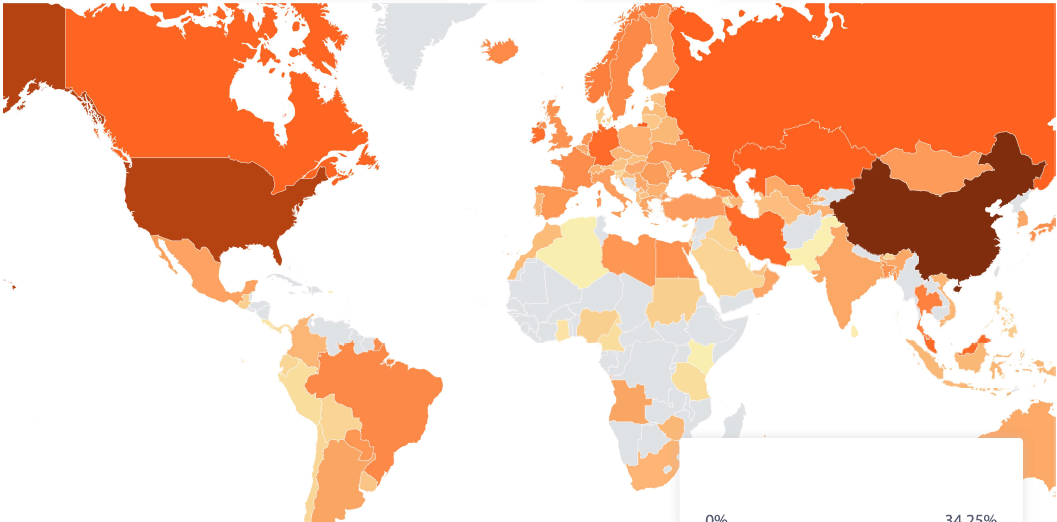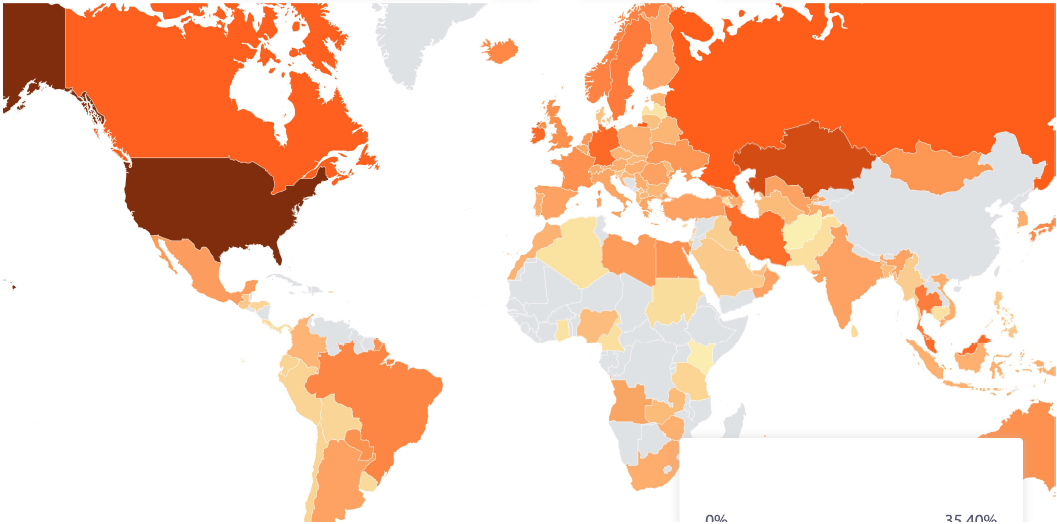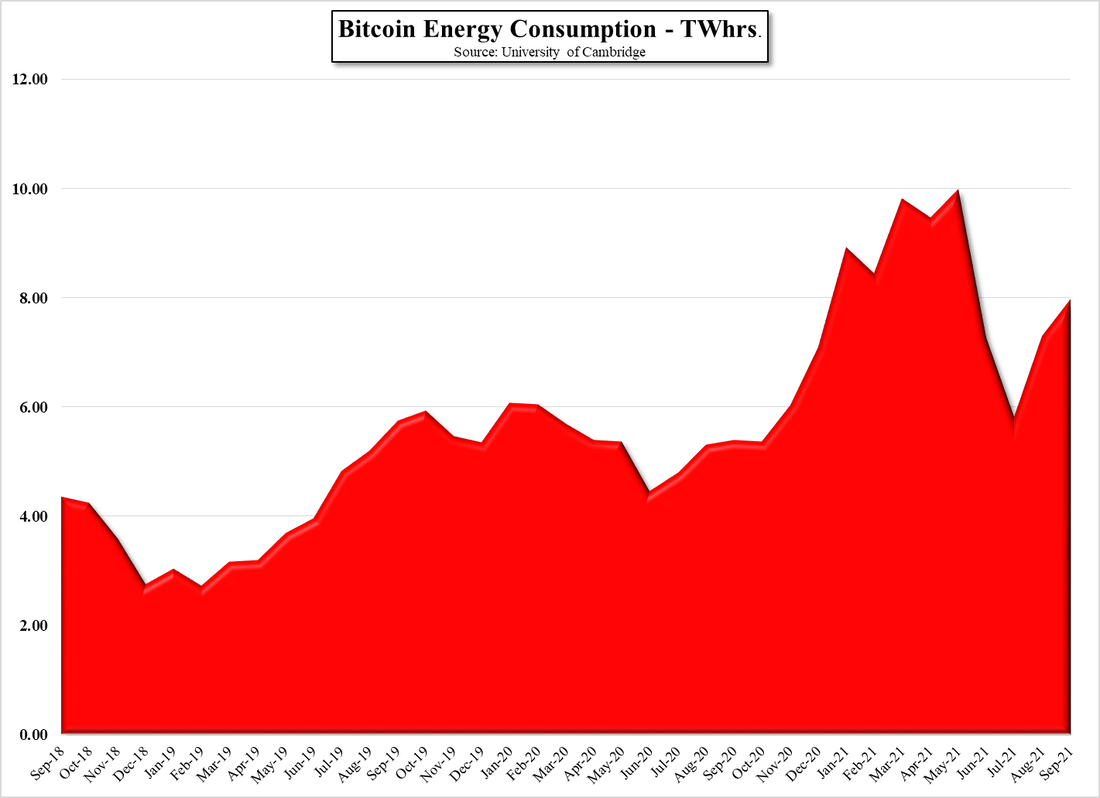US Senators push for Honor Blacklisting
Rubio’s letter goes further, stating that the Chinese government has been able to dodge a ‘critical American export control’, and by failing to act the US Department of Commerce is setting a dangerous precedent, ‘and communicating to adversaries that we lack the capacity or willpower to punish blatant financial engineering by an authoritarian regime.’ Last August a group of Republican Congressmen also called on the DoC to add Honor to the list, under the assumption that keeping Honor ‘unlisted’ would allow Huawei access to semiconductor foundries and equipment that has been restricted by the listing, although no proof of Huawei’s alleged access to the Honor supply chain has been given in either instance.
Honor might have caused this latest political diatribe by mentioning earlier this week that it had ‘succeeded in confirming cooperation with a number of supplier partners in the early stage” and that upcoming Honor 50 smartphones would include Google Mobile Services, the most onerous part of the Huawei ban. This seemed to have attracted the attention of China hawks and put Honor back in their field of vision. While Honor might find it necessary to announce its current independence from the Huawei ban, it might have served them better to wait until they were able to both secure substantial component inventory from foundries and to release at least one major product using Google services and letting the ‘chips’ fall where they may after that. Now the increasing pressure to focus on China as an adversary will likely pull in any decision by the current administration and could end Honor’s elation over being able to release its first truly global smartphone.







 RSS Feed
RSS Feed